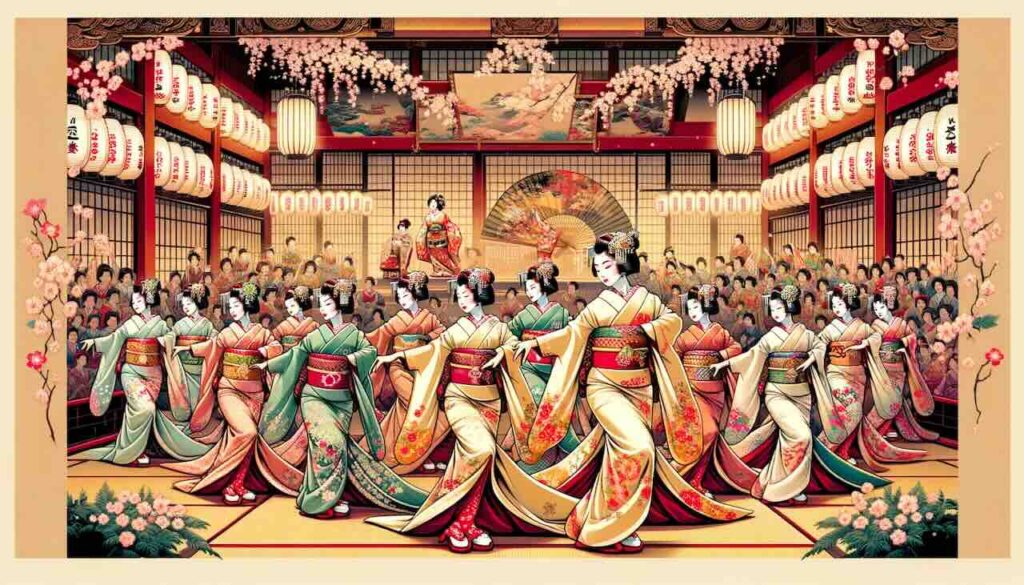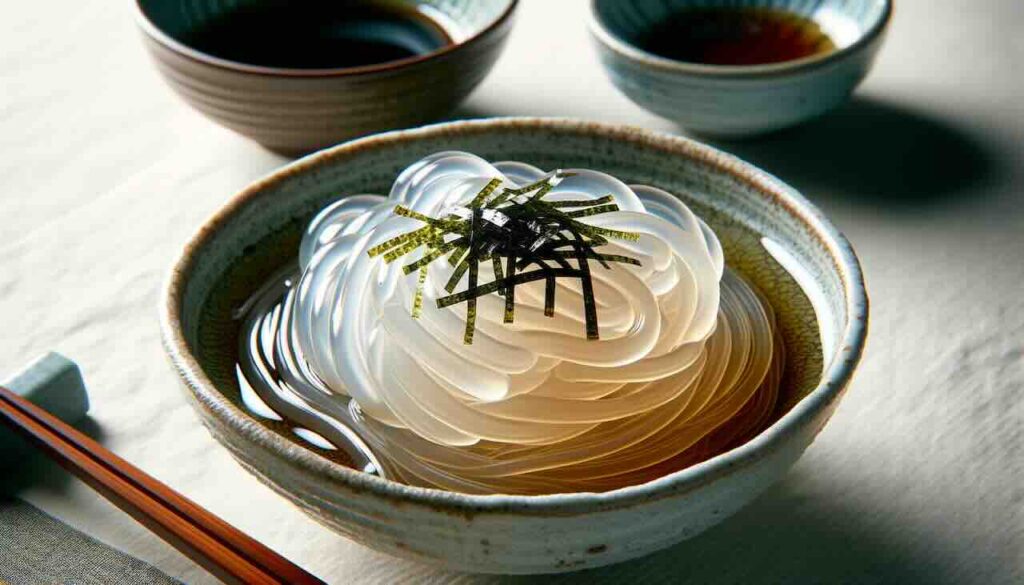Each spring, in the heart of Kyoto’s historic Gion district, a captivating cultural tradition quietly unfolds: Miyako Odori (都をどり) — the “Capital City Dance.” For many visitors, this vibrant stage performance offers one of the most intimate and authentic windows into Japan’s living geisha culture. But beyond its dazzling costumes and graceful choreography, Miyako Odori carries deep historical, cultural, and symbolic significance that makes it one of Kyoto’s most cherished annual events.
- The Birth of Miyako Odori: Kyoto’s Cultural Resilience
- The Evolution of Miyako Odori: Tradition Meets Innovation
- The Miyako Odori Experience: A Journey Into Kyoto’s Aesthetics
- Beyond the Performance: Miyako Odori’s Cultural Importance
- Practical Tips for Enjoying Miyako Odori
- Summary: A Living Expression of Kyoto’s Cultural Soul
The Birth of Miyako Odori: Kyoto’s Cultural Resilience
Miyako Odori originated at a pivotal moment in Japanese history. In 1868, Japan’s capital shifted from Kyoto to Tokyo following the Meiji Restoration. As the political center moved east, Kyoto faced an identity crisis. How would it preserve its cultural relevance after losing its centuries-long status as the nation’s capital?
The answer came in 1872, with the first Miyako Odori. This inaugural performance was not merely a local festival—it was Kyoto’s cultural declaration to the world:
“Even if we are no longer the political capital, we remain Japan’s cultural heart.”
For the first time, the highly trained geiko (Kyoto’s term for geisha) and their apprentices, maiko, who had traditionally entertained behind closed doors in exclusive tea houses, took to a public stage. The performance opened Kyoto’s refined performing arts to a wider audience, allowing both locals and visitors to witness the sophisticated world of geisha artistry.
The Evolution of Miyako Odori: Tradition Meets Innovation
For over 150 years, Miyako Odori has continued annually every April, marking the arrival of spring in Kyoto. Yet even with its long history, the performance evolves constantly:
- New choreographies and themes are introduced each year, often drawing from classical Japanese literature, seasonal motifs, or historical episodes.
- Core traditions — elegant kimono, precise dance, and live music — are meticulously preserved through Kyoto’s iemoto system, where artistic skills are passed down from master to apprentice.
This balance allows the Miyako Odori to remain fresh yet deeply rooted, offering something new for both first-time visitors and returning guests.
The Miyako Odori Experience: A Journey Into Kyoto’s Aesthetics
Attending Miyako Odori is far more than watching a stage show—it’s a multi-sensory immersion into Japanese seasonal aesthetics:
The Theater
- The performances are held at the Gion Kobu Kaburenjo Theater, itself an architectural treasure that transports visitors into Kyoto’s refined world of traditional arts.
- The elegant surroundings reflect Kyoto’s Edo-period aesthetic, providing the perfect setting for the performances.
The Performance
- Each act showcases the graceful, highly disciplined movements of maiko and geiko, where even the smallest gestures — a tilt of the head, a flick of the fan — carry meaning.
- Exquisite kimono designs reflect the seasons, crafted by Kyoto’s master textile artisans.
- Elaborate wigs, makeup, and props complete the intricate visual experience.
The Music
- All music is performed live on stage by geiko and musicians using traditional Japanese instruments:
- The shamisen (three-stringed lute) provides a distinctive rhythmic backbone.
- The fue (bamboo flute) adds ethereal high notes.
- Taiko drums and percussion offer subtle dramatic emphasis.
- The result is a rich auditory layer that perfectly complements the visual precision of the dances.
Beyond the Performance: Miyako Odori’s Cultural Importance
Miyako Odori serves as more than seasonal entertainment—it plays a crucial role in sustaining Kyoto’s traditional arts ecosystem:
- Training Platform: Maiko refine their skills in public, while veteran geiko demonstrate master-level artistry.
- Artisan Support: Kimono makers, wig artists, musicians, and stage designers continue to thrive thanks to demand from the annual performance.
- Cultural Gateway: For many visitors, Miyako Odori provides one of the most accessible and respectful introductions to Kyoto’s geisha culture—often misunderstood or shrouded in mystery.
Practical Tips for Enjoying Miyako Odori
To make the most of your visit, consider these tips:
- Book Early: Performances run throughout April but sell out quickly, especially on weekends.
- Opt for the Tea Ceremony Package: Many tickets include a pre-performance tea ceremony with maiko—a rare opportunity to experience Kyoto’s hospitality firsthand.
- Read the Program: English guides are often available. Understanding the storylines and seasonal references enhances your appreciation.
- Observe the Details: From fabric patterns to fan movements, subtle artistry is everywhere on stage.
- Reflect Afterwards: Discussing the performance afterward helps deepen understanding of its layered cultural meanings.
Summary: A Living Expression of Kyoto’s Cultural Soul
At its core, Miyako Odori is a love letter to Kyoto itself — a city that may have lost its political crown but continues to reign as Japan’s cultural capital. Through precise dance, refined music, and breathtaking seasonal imagery, the performance invites visitors into a world where centuries-old traditions are still vibrantly alive.
For anyone visiting Kyoto in spring, attending Miyako Odori is far more than a sightseeing activity—it’s an encounter with the living spirit of Japanese tradition. The elegance, discipline, and artistry on display reflect not only the skills of individual performers but also the resilience of Kyoto’s cultural identity itself.


